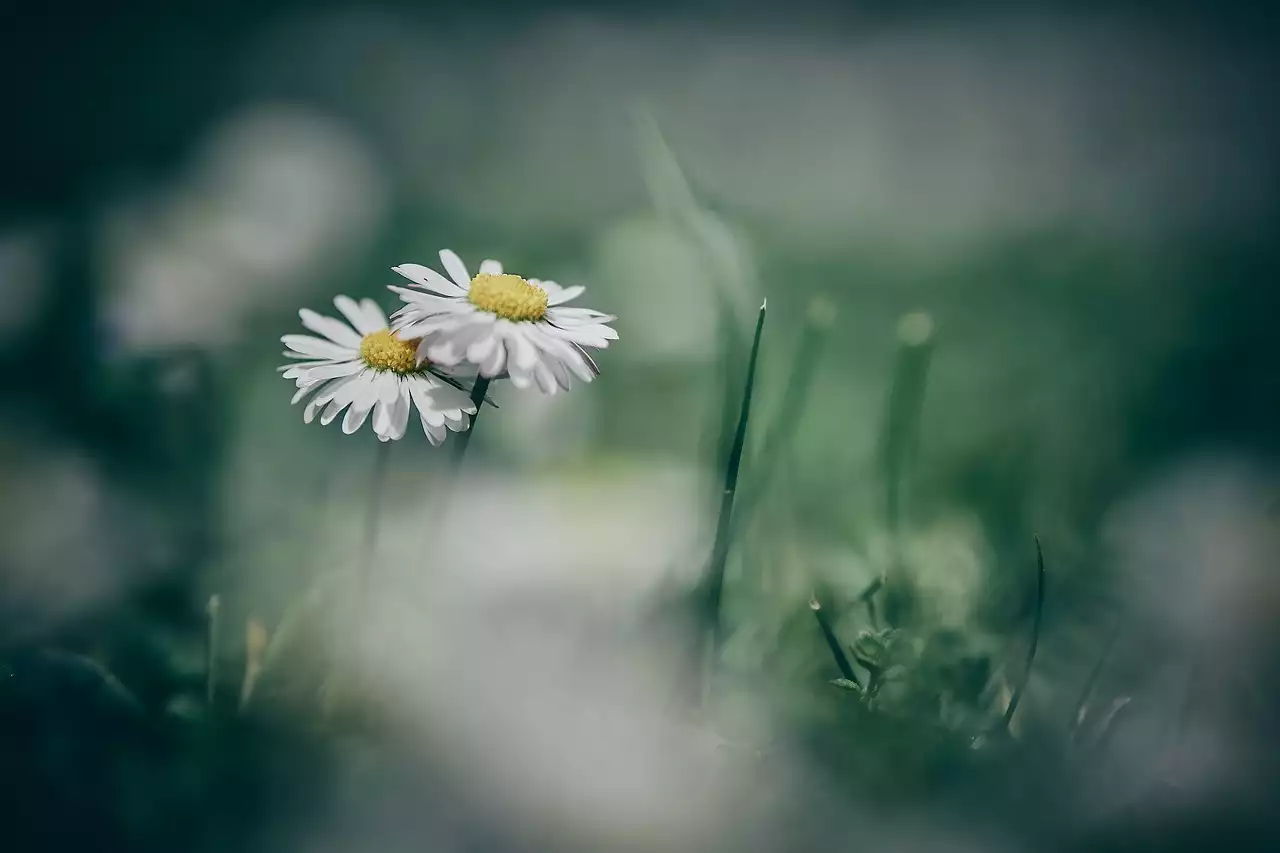We all want to grow the biggest, best crops possible. To do that, we need to make sure that our plants get the nutrients they need, especially when it comes to nitrogen, phosphorus and potassium. In most gardens, you can tell when someone has added too much fertilizer or pesticide because the plants either look unhealthy or have grown oddly as a result of being over-treated. The right balance of fertilizers and pesticides can make a huge difference in your garden’s productivity and appearance. Applying them improperly is one of the most common mistakes made by beginning gardeners, so read on for some expert advice on how to avoid these common pitfalls.
Don’t use too Much Fertilizer.
One of the most common mistakes beginning gardeners make is using too much fertilizer. Fertilizer gives plants the nutrients they need to grow healthy, vibrant leaves and roots. But too much fertilizer can burn the plants, as well as pollute the soil. This can prevent the soil from absorbing water properly, as well as make it harder for soil microorganisms to survive. Signs that you’ve used too much fertilizer include yellow or burnt-looking leaves, stunted root growth and poor plant growth overall. If you suspect that you’ve used too much fertilizer, the best thing to do is to give the plants a thorough watering to flush out the fertilizer. Next, wait until the soil has dried out enough so that you can work it again. Then, use a spade to dig around the base of the plants to help the roots take up some of the excess fertilizer.
Don’t apply Fertilizers at the Wrong Time.
Most plants should be fertilized with a phosphorus-rich fertilizer in the spring when they are growing most actively. If you fertilize too early, however, the plants will start growing too soon. This can make it difficult for them to get through the winter. Late fertilizer application, on the other hand, can stunt growth, especially in warm climates. Most plants should also be fertilized with a nitrogen-rich fertilizer when they are flowering or fruiting. This gives the plants the energy they need to produce flowers, fruits or other plant parts that contain seeds. Blossoms provide the plants with the pollinators they need to produce seeds. If you mistakenly apply a phosphorus-rich fertilizer to plants when they are flowering or fruiting, it can prevent them from flowering or fruiting properly.
Don’t apply the Wrong Type of Fertilizer.
Some plants, like tomatoes, need a lot of phosphorus. Others, like corn, need a lot of nitrogen. Applying the wrong type of fertilizer can stunt the growth of your plants, prevent them from flowering or fruiting, or cause them to produce oddly shaped fruits or leaves. If you’re not sure what type of fertilizer your plants need, look for signs of nutrient deficiency in the leaves. The leaves of starving plants usually have yellow or brown splotches on them. These signs often indicate a need for more nitrogen or potassium. If the leaves have white or yellow spots on them, the plants are probably lacking phosphorus. Signs of potassium deficiency include curled or yellow leaves.
Don’t Rely on Pesticides alone.
Although pesticides can help control the pests that threaten your garden, they should never be used as a replacement for good gardening practices. In other words, if you overuse pesticides, they will become less effective over time. This is because pests eventually develop immunity to certain pesticides. And even worse, pesticides can also kill beneficial insects like bees that you want in your garden, as well as wildlife that lives around your garden or nearby waterways. Instead of relying solely on pesticides, you can take a few simple steps to protect your garden. First, build your garden with healthy, pest-resistant plants. Second, keep your garden clean. This will help prevent pests from setting up shop in your garden in the first place. Keep your garden free from weeds so that pests have nothing to hide behind. This will also help you keep your garden clean.
Don’t apply pesticides at the Wrong Time.
Just as you should not apply pesticides at the wrong time of day, you should also make sure that you apply them at the right time of year. Insects tend to become active just as plants begin to flower, which is often during the spring or early summer. To protect your flowers and vegetables from pests, apply pesticides when insects are at their most active. This is often in the early morning or right before dusk. Some pests, like spider mites and flea beetles, are most active in the middle of the growing season. Others, like caterpillars and rootworms, are most active at the end of the growing season. You can often protect your plants by rotating your planting schedule or growing resistant varieties of plants. You can also use organic pesticides and other organic gardening practices to keep pests under control.
Conclusion
Applying fertilizers and pesticides improperly is one of the most common mistakes that beginning gardeners make. Don’t use too much fertilizer, don’t apply fertilizers at the wrong time, don’t apply the wrong type of fertilizer, don’t rely on pesticides alone, and don’t apply pesticides at the wrong time to ensure that your garden grows as healthfully and productively as possible.


 How to find the perfect kitchen backsplash
How to find the perfect kitchen backsplash
 How to Decoupage a Table
How to Decoupage a Table Unforgettable Dining Room Design Ideas To Make Your Space Amazing
Unforgettable Dining Room Design Ideas To Make Your Space Amazing Working and Planting in Wet Soil
Working and Planting in Wet Soil Why Raking up All Dead Leaves is not a Good
Why Raking up All Dead Leaves is not a Good The Importance of Worms and Repeatedly Tilling
The Importance of Worms and Repeatedly Tilling Planting too early and in the Wrong Place
Planting too early and in the Wrong Place